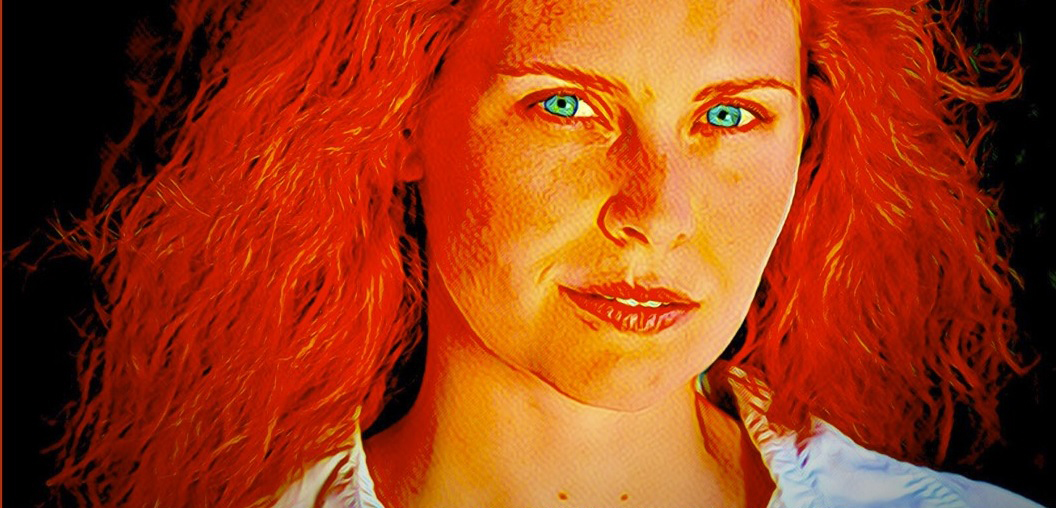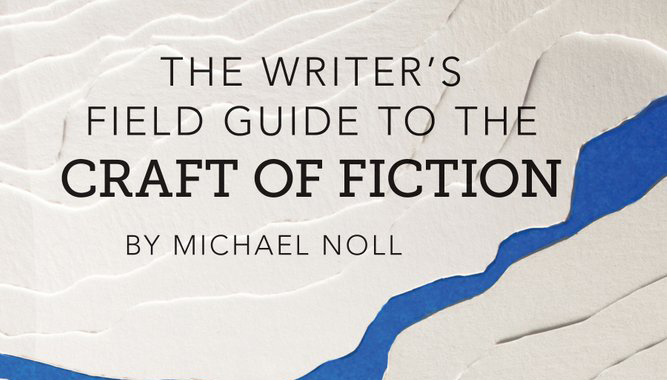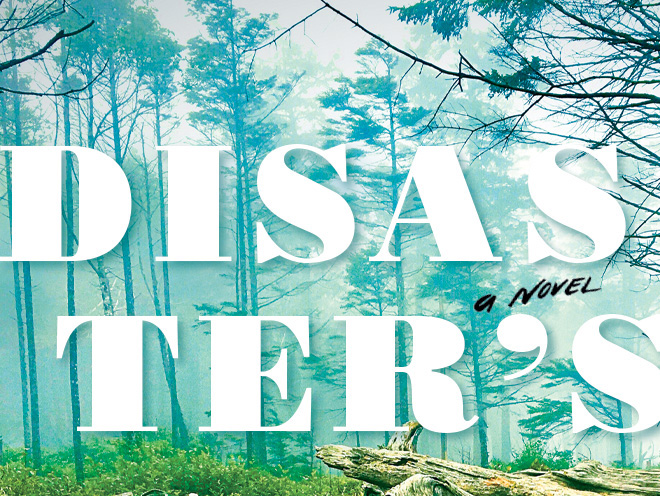Welcome to another installment of If My Book, the Monkeybicycle feature in which authors shed light on their recently released books by comparing them to weird things. This week Dan Gutstein writes about Buildings Without Murders, his new novel out from Atmosphere Press.
If Buildings Without Murders were a jazz hologram, I’d like to think that it would present John Coltrane. Not just one moment, like the opening riff to “Equinox,” but his entire career, from his addiction to butterscotch Life Savers to the ensuing dissent upon adding Rashied Ali as a second drummer. By virtue of being a facsimile, I assume that my novel-as-hologram would be able to “further imagine Coltrane” and therefore, we’d witness his (unrecorded) R&B work in Philadelphia, as sideman, in the late 1940s, just as much as we would experience his most famous material, such as A Love Supreme or his sessions at the Village Vanguard. Miles Davis would be there to fire him. The sweet Duke Ellington would be there to cool him off. The Swedish music critic would be there, in Stockholm, to ask him if he feels angry.
Buildings Without Murders does feature public jazz holograms. The reader will encounter four of them, although the unnamed, over-sprawling city of the novel presumably contains many more embedded in its myriad neighborhoods. Sonny Rollins plays “Hold ‘em Joe,” among other numbers, nearby the God Booth Project. Outside a working class pub, Thelonious Monk twirls around while Charley Rouse, Larry Gales, and Ben Riley improvise during a rendition of “Evidence.” Downtown, during a sunny day, the hologram of Lt. James Reese Europe educates the hologram of a Scottish military bandleader about the early feeling of jazz. Readers also encounter the promising Max Roach / Clifford Brown Quintet, which romps through a jam session before Roach loses Brownie to a car crash; the hologram presents a despondent Roach at the drum kit in the aftermath of this tragedy. Then, in the novel, the city goes suddenly and completely dark, as the ghost rockets arrive.
A redheaded teenager named LaRousse is the main character in Buildings Without Murders. She loses a lot, and learns a lot, kind of like how the real world must’ve processed the death and life of John Coltrane. Since the novel has literary / magic realist / science fiction tendencies, its treatment as a jazz hologram wouldn’t end with Trane. It would continue as a McCoy Tyner hologram, at the very least in the earliest seconds of his masterwork, Extensions, when Alice Coltrane enters on harp, conjuring her late husband. LaRousse does the same; she is reborn, painfully, to a world that is desperately struggling to save itself.
Dan Gutstein can be found at https://www.dangutstein.com/ and as @dgutstein on Instagram. He is the author of four small press collections—non/fiction (flashes), Bloodcoal &Honey (poems), Buildings Without Murders (novel), and Metcarpalism (poetry, forthcoming 2022). He is also vocalist for punk-jazz band Joy on Fire and co-director of Li’l Liza Jane: A Movie About A Song, a documentary about the popular folk tune.





